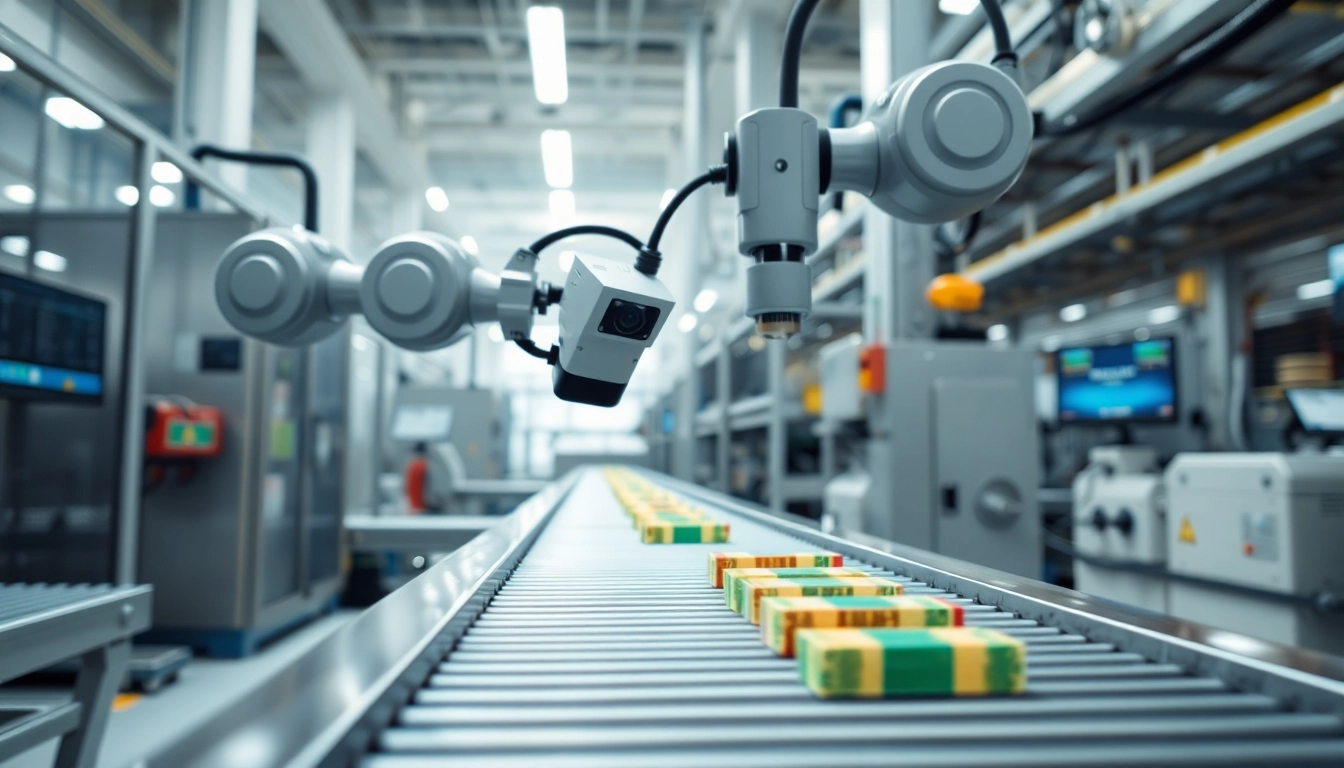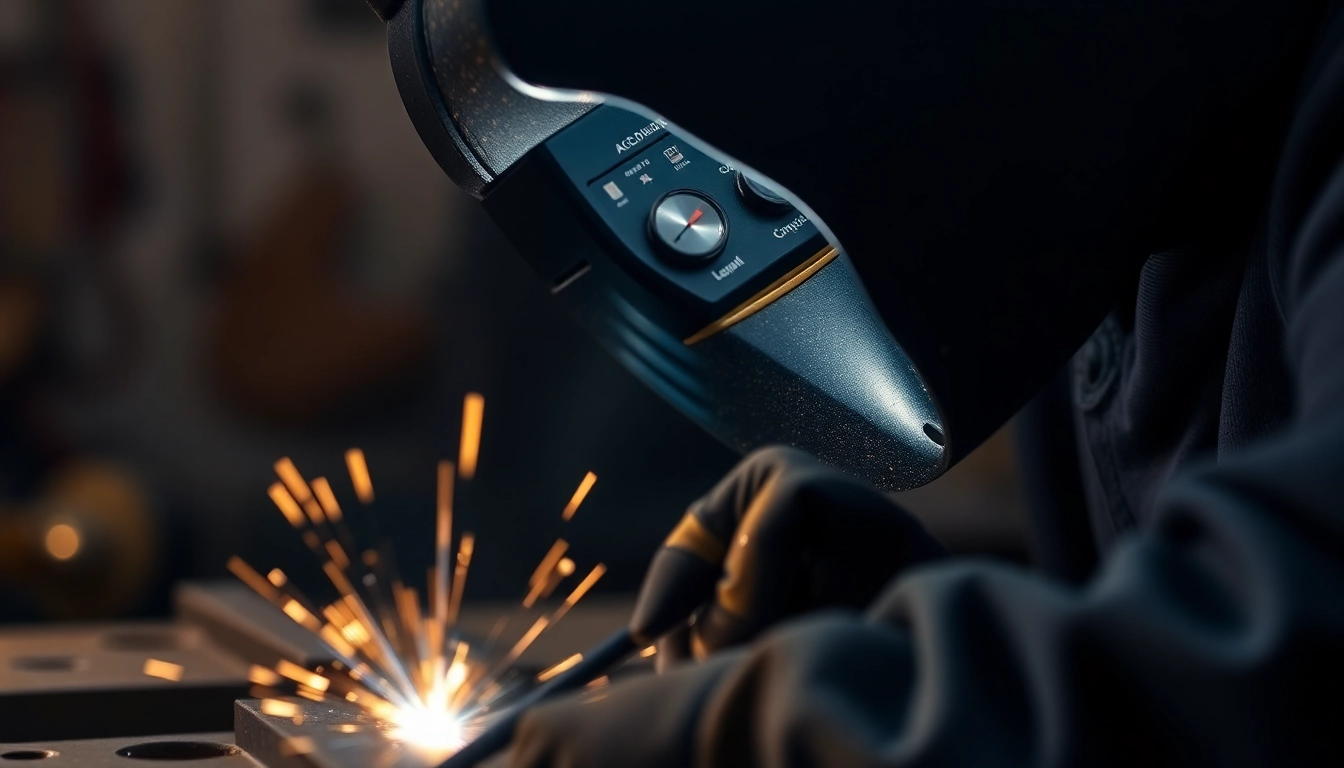1. Introduction to Machine Vision
Machine vision is a revolutionary technology that plays a crucial role in the automation of various industrial processes. It allows machines to interpret and understand images like humans do, enabling them to perform tasks such as inspection, measurement, and identification with remarkable precision. This machine vision technology has significantly transformed manufacturing and production lines, driving efficiency and reducing errors.
1.1 What is Machine Vision?
Machine vision is a field of artificial intelligence that involves the use of cameras and computer algorithms to enable machines to “see” and interpret visual data. It encompasses processes such as capturing images, analyzing them, and making decisions based on that information. This technology integrates various components, including sensors, processors, and software, to automate visual inspection and analysis tasks that were once performed manually.
1.2 Historical Development of Machine Vision
The inception of machine vision can be traced back to the 1960s and 1970s when researchers began experimenting with image processing and pattern recognition. Early systems were primarily employed in industrial settings for quality control and inspection tasks. Over the decades, advancements in computing power, sensor technology, and algorithms have propelled the field forward. Today, machine vision systems are ubiquitous in various sectors, from manufacturing to healthcare, paving the way for innovative applications.
1.3 Key Components of Machine Vision Systems
A typical machine vision system consists of several critical components:
- Cameras: Capture images or video of the objects being analyzed.
- Lighting: Provides optimal illumination necessary for clear image capture.
- Processing Unit: Includes hardware and software algorithms that analyze images and interpret the results.
- Software: Processes the captured images, applying filters and algorithms to extract relevant features.
- User Interface: Allows users to visualize data, configure system settings, and review results.
2. Applications of Machine Vision
Machine vision has numerous applications across various industries, allowing for improved efficiency, quality, and safety. Below are some prominent applications:
2.1 Industrial Automation
In industrial settings, machine vision systems automate repetitive tasks, enhancing throughput and quality. For instance, they are instrumental in robotic assembly lines where machines need to identify parts, align them, and ensure that they are correctly assembled. Machine vision systems can reduce labor costs while increasing production speed, accuracy, and reliability.
2.2 Quality Control and Inspection
Quality control is another significant application of machine vision. These systems can detect imperfections, misalignments, and other defects in products during the manufacturing process. Real-time image analysis allows for immediate feedback, enabling swift corrective actions to minimize wastage and ensure that only high-quality products reach consumers.
2.3 Robotics and Artificial Intelligence Integration
The integration of machine vision with robotics and AI has unlocked new possibilities in automation. Robots equipped with machine vision capabilities can learn to identify objects, navigate environments, and interact safely with humans. For instance, machine vision is vital for autonomous vehicles, which rely on camera data to make informed driving decisions.
3. How Machine Vision Works
Understanding how machine vision functions is essential to appreciate its potential benefits. The following sections explain the key processes involved in a machine vision system:
3.1 Image Acquisition Techniques
Image acquisition is the first step in any machine vision process. This involves capturing images of objects using various techniques and equipment. Common techniques include:
- Direct Capture: Using cameras to take pictures of static objects.
- Video Analysis: Capturing real-time video feeds for dynamic inspections.
- 3D Scanning: Using laser scanners or structured lights to capture the 3D geometry of objects for more complex analysis.
3.2 Image Processing and Analysis
Once images are acquired, they are processed to extract meaningful data. Image processing involves a series of algorithms that may include:
- Filtering: Enhancing images by removing noise or irrelevant features.
- Segmentation: Dividing an image into various components or regions for individual analysis.
- Feature Extraction: Identifying specific characteristics or patterns within the image, such as edges or shapes.
3.3 Machine Learning and Vision System Optimization
To enhance the accuracy and efficiency of machine vision systems, machine learning is often employed. By training algorithms on large datasets, systems can learn to recognize patterns and make predictions with greater accuracy. This process includes:
- Data Collection: Gathering extensive datasets for training.
- Model Training: Using techniques like neural networks to develop algorithms capable of making predictions based on visual input.
- Continuous Learning: Systems often update their algorithms based on new data, improving over time as they adapt to changing environments or products.
4. Types of Machine Vision Systems
Machine vision systems can be categorized based on their capabilities and technologies employed. Each type serves different applications and industries:
4.1 1D and 2D Machine Vision Systems
1D and 2D systems utilize cameras and image sensors to capture two-dimensional images of objects. Commonly used for barcode reading, optical character recognition, and basic inspections, these systems are essential for tasks requiring flat image analysis.
4.2 3D Vision Systems
3D machine vision systems provide depth perception, which is invaluable for complex tasks such as robotics, dimensional measurement, and quality control in manufacturing. They utilize techniques such as stereo vision and laser triangulation to analyze the 3D structure of objects.
4.3 Specialized Systems for Unique Applications
Some industries require specialized machine vision solutions tailored to specific needs. For instance:
- Color Vision Systems: These systems analyze the color of objects to detect variations or quality issues using multiple wavelengths.
- Infrared and Thermal Imaging: Used in applications that require heat detection, such as electrical inspections and machinery monitoring.
- Hyperspectral Imaging: Provides detailed spectral information for applications in agriculture, food safety, and mineralogy.
5. Future Trends in Machine Vision
The field of machine vision is rapidly evolving, driven by advancements in technology and the increasing demand for automation. Here are some current and future trends:
5.1 Advancements in AI and Deep Learning
The integration of advanced AI and deep learning algorithms is set to revolutionize machine vision systems further. These technologies enable systems to perform more complex analyses and improve their ability to learn from data without extensive programming, thus enhancing efficiency and accuracy.
5.2 Increased Adoption in New Industries
As the technology matures, machine vision is finding applications beyond traditional sectors. Industries like healthcare, agriculture, and retail are increasingly adopting machine vision for tasks such as patient monitoring, crop analysis, and automated checkouts, broadening its impact and utility.
5.3 Challenges and Forward-looking Perspectives
Despite its promising future, several challenges must be addressed. Issues such as data privacy, ethical concerns related to AI, and the need for skilled professionals to manage and maintain these systems pose hurdles. However, continued advancements and innovation are expected to pave the way for solutions that will further enhance the capabilities of machine vision technology.



